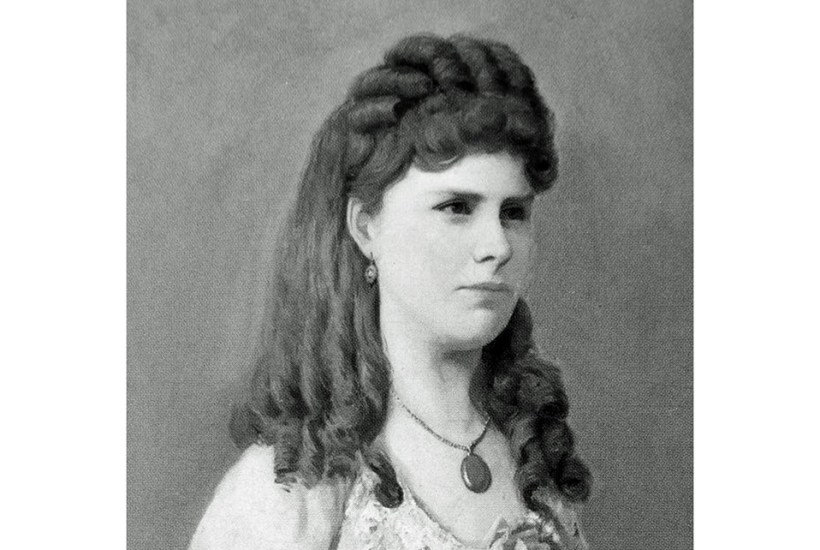In her disillusioned later years Thomas Hardy’s first wife, Emma, bitterly reflected: ‘He understands only the women he invents – the others not at all.’ In Hardy Women, Paula Byrne sets out to recover the stories of the women in his life ‘who did not have a voice and who were often deliberately omitted from Hardy’s self-ghosted autobiography’, in order to reveal that ‘the magnificent fictional women he invented would not have been possible without the hardship and hardiness of the real ones who shaped his passions and his imagination’.
Already a subscriber? Log in
Subscribe for just $2 a week
Try a month of The Spectator Australia absolutely free and without commitment. Not only that but – if you choose to continue – you’ll pay just $2 a week for your first year.
- Unlimited access to spectator.com.au and app
- The weekly edition on the Spectator Australia app
- Spectator podcasts and newsletters
- Full access to spectator.co.uk
Unlock this article
You might disagree with half of it, but you’ll enjoy reading all of it. Try your first month for free, then just $2 a week for the remainder of your first year.








Comments
Don't miss out
Join the conversation with other Spectator Australia readers. Subscribe to leave a comment.
SUBSCRIBEAlready a subscriber? Log in